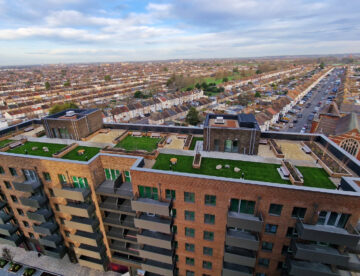
Just a few weeks ago, we explored how data centres could act as a bright new dawn for the UK construction sector – offering strong demand, diverse project types and potential for retrofits and technical innovation.
Yet where opportunities arise, so often do unexpected hurdles. Today, data centres remain a major growth driver, but their extraordinary demand for electricity has collided with grid limitations – creating another obstacle that construction projects must overcome. Find out more in this week’s blog.

Earlier this year, we announced that Sheriff Construction had passed a vigorous vetting process to become an official Trade Member of the National Federation of Roofing Contractors.
Now, in this week’s blog, we’ll dive a bit deeper and explore why choosing an NFRC projects is essential for clients looking for peace of mind when it comes to quality, safety, compliance, professionalism and reliability.

Cyber security threats are escalating across the UK, with more than 40% of businesses and 30% of charities reporting breaches over the past 12 months. Even household names like Marks & Spencer, Co-op and Harrods were recently forced to suspend online operations to contain cyber-attacks.
This surge highlights that cyber-crime is happening right now and it could affect anyone. For organisations, the consequences can be particularly severe, including financial losses, reputational damage and operational disruption. Take a look at this week’s blog to find out what this means for our industry and what Sheriff Construction is doing to protect your data.

